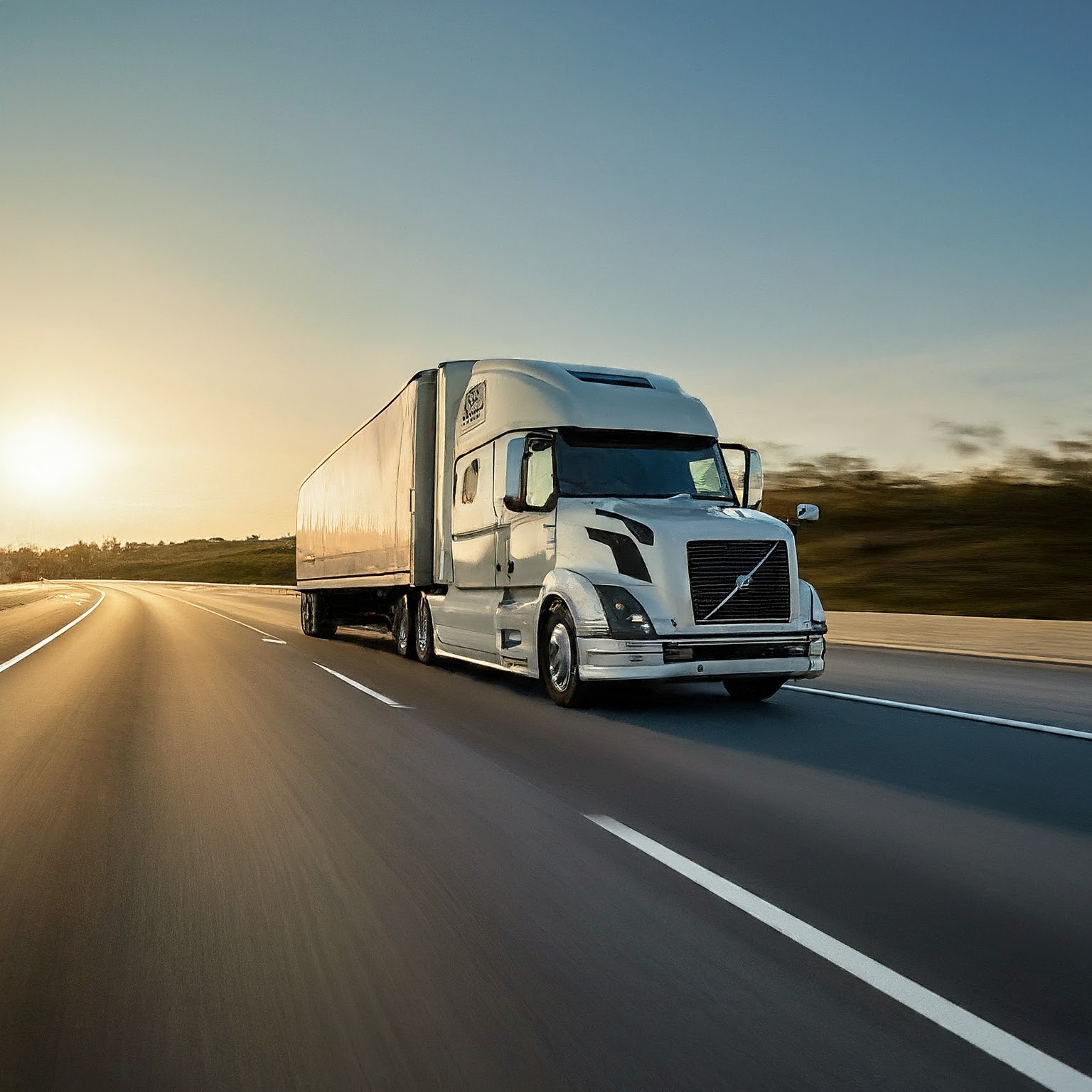
Shipping a car can seem like a daunting process, especially if it’s your first time. Whether you’re relocating, buying a car online, or sending a vehicle to a loved one, understanding the steps involved can make the experience smoother. Here’s an in-depth guide to how car shipping works, from pickup to delivery.
Step 1: Choosing a Shipping Method
The first step in the car shipping process is deciding how you want your car transported. There are two main methods:
- Open Transport:
- The most common and cost-effective option.
- Your car is loaded onto an open carrier with other vehicles.
- While this method is affordable, it exposes your car to weather and road debris.
- Enclosed Transport:
- Offers greater protection as your car is transported in an enclosed trailer.
- Ideal for high-value, classic, or luxury vehicles.
- Costs more but ensures maximum safety.
Step 2: Getting a Quote and Booking
Once you’ve decided on a transport method, reach out to a car shipping company for a quote. The cost will depend on several factors:
- Distance between pickup and delivery locations.
- Type of transport (open or enclosed).
- Vehicle size and weight.
- Seasonal demand (prices may be higher in summer or during holidays).
After comparing quotes, choose a reputable shipping company and book your service. Be sure to confirm the pickup date, delivery timeline, and any special requirements.
Step 3: Preparing Your Vehicle
Before the carrier arrives, it’s essential to prepare your car for transport:
- Clean Your Car: A clean car allows for a thorough inspection of any existing damages.
- Inspect and Document: Take photos of your car from various angles and note any pre-existing scratches, dents, or other damage.
- Remove Personal Items: Shipping companies typically don’t allow personal belongings inside the car, and they’re not covered by insurance.
- Check Fluids and Battery: Ensure the car is in good working condition, with no leaks, and the battery is fully charged.
- Reduce Fuel Level: Keep your tank about one-quarter full to reduce weight.
Step 4: Vehicle Pickup
On the agreed date, the carrier will arrive at the pickup location. During this stage:
- Inspection: Both you and the driver will inspect the car. The driver will document the vehicle’s condition on a Bill of Lading, which you’ll need to sign.
- Loading: The car is carefully loaded onto the carrier. If it’s an enclosed trailer, additional steps may be taken to secure your vehicle.
Step 5: In Transit
While in transit, your vehicle will be transported to the delivery location. The duration depends on the distance and route. Most companies provide tracking services so you can monitor your car’s journey. Keep in mind:
- Delays Can Happen: Factors like weather, traffic, or mechanical issues may affect delivery timelines.
- Communication: Stay in touch with the shipping company for updates.
Step 6: Vehicle Delivery
When your car arrives at its destination:
- Final Inspection: Inspect the car thoroughly for any new damage. Compare it with the photos and documentation from the pickup.
- Sign the Bill of Lading: If everything checks out, sign the Bill of Lading to confirm delivery.
- Payment: Depending on the agreement, you may need to settle the remaining balance.
Tips for a Smooth Shipping Experience
- Research Shipping Companies: Check reviews, credentials, and insurance coverage.
- Plan Ahead: Book your transport service well in advance, especially during peak seasons.
- Understand Insurance: Confirm what is covered by the carrier’s insurance and consider additional coverage if needed.
- Be Flexible: Having flexible pickup and delivery dates can save you money.
Shipping a car doesn’t have to be stressful. By understanding the process and working with a reliable shipping company, you can ensure your vehicle arrives safely and on time. Whether it’s across the state or the country, proper planning makes all the difference.
